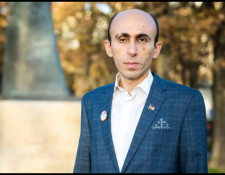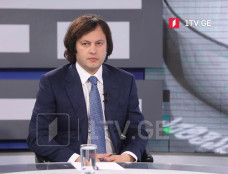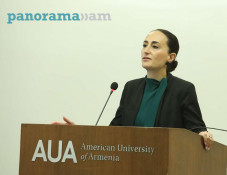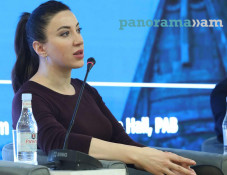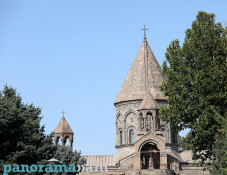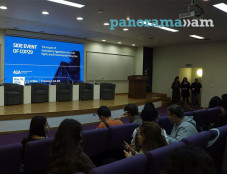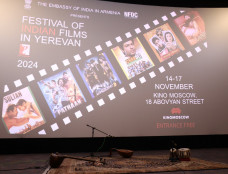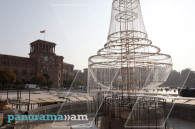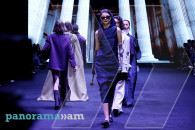
43-year-old Bertelsmann executive spent millions to have extraordinary home full of hidden surprises
Annabelle Yu Long does not mind going the distance to get what she wants in a home, even if that means working with an architect who is 6,000 miles away, The Wall Street Journal writes.
Four years ago, the 43-year-old Bertelsmann executive bought two adjacent furnished apartments in a former office tower on Beijing’s east side for about $2.5 million. Instead of settling in, Long opted to rip everything out, with the help of an architect based in Buffalo, N.Y., Adam Sokol whom she found through a mutual friend. She now lives in a 3,000-square-foot, art-filled home that took two years and about $613,000 to transform into a single contemporary living space, the article reads.
Chief executive of Bertelsmann’s China Corporate Centre and managing partner of the firm’s Asia Investment Fund Long had specific ideas for the home’s look and feel. For a start, it has 132 accordion wood doors. When the doors are closed, the 7th-floor apartment looks like an art museum, with minimal décor. Open, the doors reveal spaces filled with everything from bookshelves and TVs to headboards and handbags, the WSJ writes.
“Most contemporary design looks beautiful when it’s completed, but then people move in and it’s messed up and there’s no storage space,” says Long, who shares the home with her parents, a Chinese custom, and her 9-year-old daughter, Audrey. “I wanted to have the ability to make things disappear.”
The international newspaper writes that a sitting area with built-in bookcases, for example, can open into the main living and dining area. Her parents’ quarters also have plenty of hidden closet space.
Adam Sokol, whose firm had worked in China, said the biggest challenge was working on a space originally designed for an office building. “There were curves and glass and columns and mechanical spaces to work around,” says Adam Sokol, who flew to Beijing about once a month to check progress.
Other difficulties were sourcing quality materials in China and finding a contractor willing to rework things. A bathroom, for example, had to be redone when the wrong marble was used. For Adam Sokol, the biggest difference from a Western renovation was Annabelle Yu Long’s desire to hide the kitchen. Many Chinese homeowners eschew open kitchens because of the richly fragrant Chinese cuisine and because the space is mostly used by housekeepers, the article reads.
The home’s most striking feature is its art: large bright works, including a family portrait made to fit a wall, and custom pieces in the master bedroom. A headboard made of wool and silk was designed by Dutch artist Claudy Jongstra. She worked with Long via emailed designs and photos to create the piece. The artist also designed the silk organza curtain that defines a sitting space in the room. Instead of hiding a concrete column, Adam Sokol covered it in mohair. The makeup table has a mirror bought in Copenhagen that is surrounded by studio-style lights, a nod to the executive’s days as a TV anchor. Long, who joined the board of Coach in January, also has vertical storage for her many handbags, the newspaper notes.
According to the article, Sokol put lighting throughout the home that can change from warm to cool white. Audrey, like her mother, had her own idea: She asked for coloured lights in a part of her bedroom to create a stage for her to practice singing.
Newsfeed
Videos






